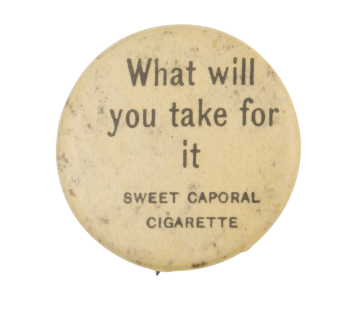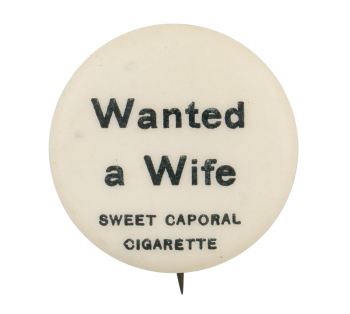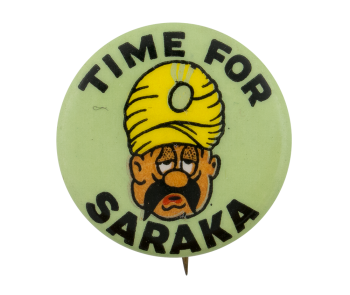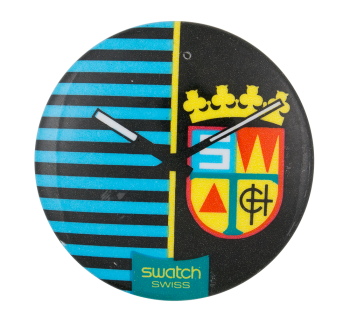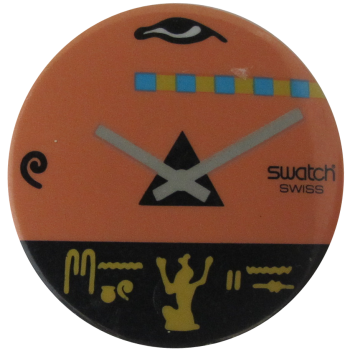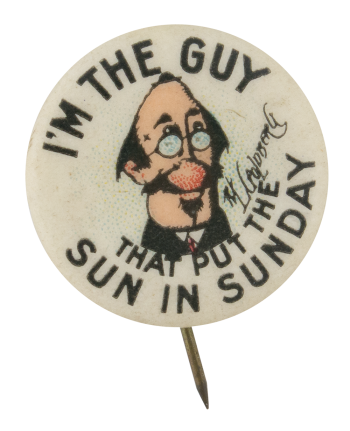Where's The Beef Red
| Category | |
|---|---|
| Additional Images | |
| Sub Categories | |
| Text on Button | WHERE'S THE BEEF?! |
| Image Description | Red text inside a cartoon speech bubble on a white background. |
| Curl Text | 1984 Wendy's Intl |
| Back Style | |
| The Shape | |
| The Size | |
| Year / Decade Made | |
| Additional Information | This memorable advertising catchphrase from Wendy's fast-food chain restaurant first aired on television in January 1984. In January of 1984, Wendy's fast-food chain aired a television commercial declaring "Where's the beef?" The popular commercial featured three elderly women examining the tiny hamburger of fictional competitor, Big Bun. Clara Peller, an overnight success at age 81, is pictured yelling, "Where's the beef?!" The hugely popular ads increased Wendy's sales by 31% but came to an unexpected end when Peller appeared in a 1985 commercial for Prego pasta sauce announcing that she finally found the beef.
|
| Sources |
Associated Press. (1987, August 12). Clara Peller, the Actress In 'Where's the Beef?' TV Ad. Retrieved July 29, 2020, from https://www.nytimes.com/1987/08/12/obituaries/clara-peller-the-actress-… |
| Catalog ID | AD0050 |



